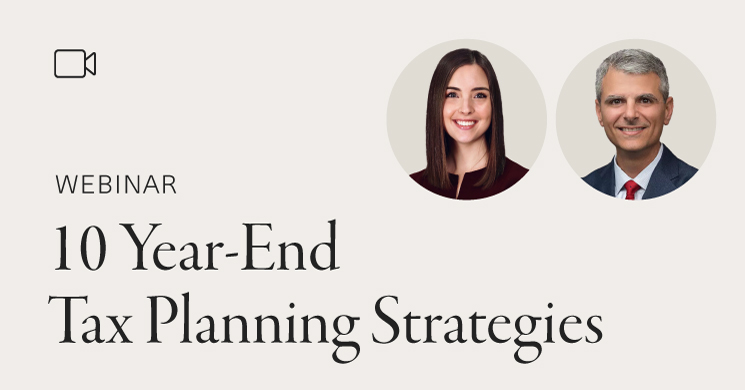Insights & Education
Connecting you to a trusted network of resources created for your financial and personal success.
Tax Planning Webinar: 10 Strategies to Implement Before Year-End
Senior J.P. Morgan Wealth Planning and Advice team leaders Richard Scarpelli and Shelby Anderson discuss year-end planning in a tax-changing environment and 10 strategies to implement before year-end. More
Featured Articles
Security & Fraud Protection
-
How First Republic Protects You
Learn how First Republic protects you and your accounts from online fraud. -
Identity Theft Protection
Steps we take to protect the identity of our clients and helpful tips to prevent identity theft. -
Bank Account and Debit Card Security
Take these steps to enhance the safety of both your bank account and debit card. -
Routing Numbers
For all money transfers and direct deposits, you'll need to know the ABA (American Bankers Association) routing transit number that identifies First Republic Bank.
-
Identifying and Handling Phishing Emails
Phishing is one of the most common tactics used by fraudsters to trick their victims. Don’t let fraudsters trick you — read these tips to identify phishing emails and other tactics.
Client Testimonials
Get Started Today
Our Relationship Managers are ready to tailor financial solutions to suit your individual needs.
-
Give us a call
Give us a call
Our Relationship Managers are ready to tailor financial solutions to suit your individual needs.
-
Have us contact you
Have us contact you
If you'd prefer to have us reach out to you, complete the online form and we will be in touch.
-
Find an office near you
Find an office near you
We welcome you to visit our locations. Use our locator to find one of our offices near you.




